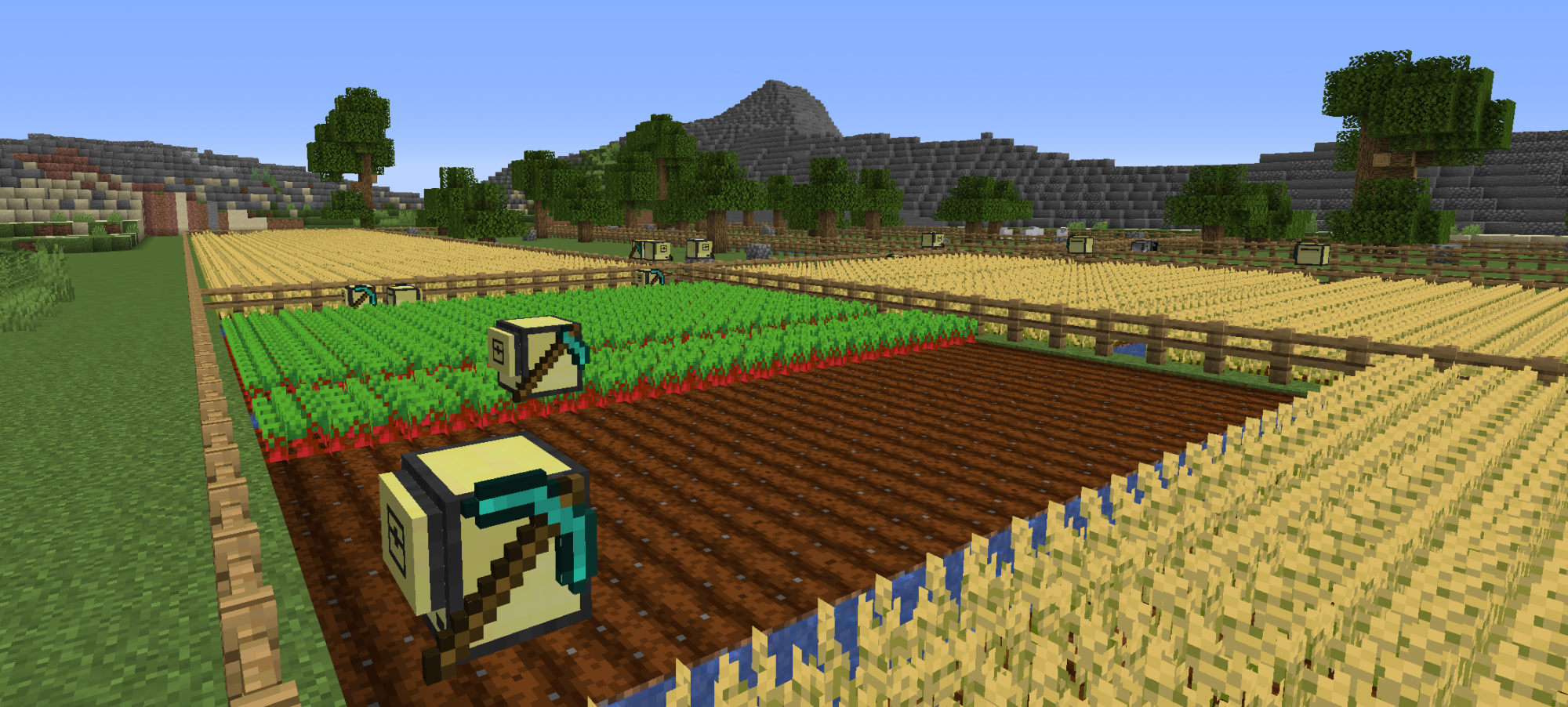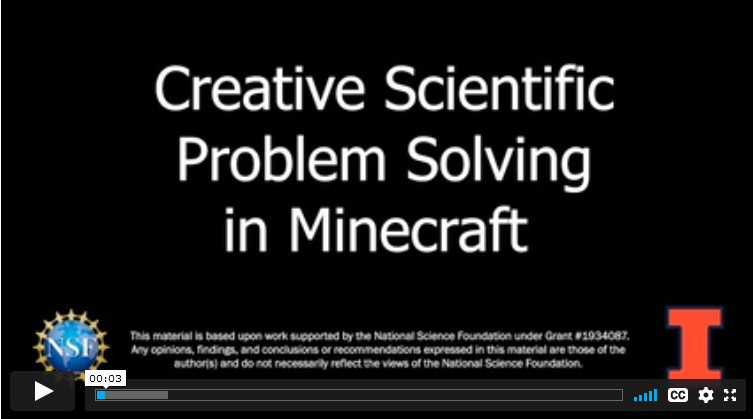Future challenges that we face as a nation such as the growing need to optimize agricultural output and management of extreme weather conditions will demand armies of imaginative scientists and engineers, equipped with a robust understanding of the ways in which scientific and computational knowledge converge to enhance problem solving. Many of these future scientists and engineers are currently children. The goal of this project is to investigate best ways to prepare the youth to confront future science and engineering problems. A team of educational researchers, science teachers, and scientists will investigate the design of educational digital environments to promote engagement, interest, and learning in computation and science. Middle school aged learners will be presented with science problems inspired by real-world challenges that are hard to solve and particularly suited to computational solutions with creative thinking skills. Learners will be immersed in a “sandbox” virtual environment that encourages experimentation, creativity, and collaboration. By challenging learners in novel ways, the project seeks to provide learners a glimpse of the complexities of the natural world and the opportunities that lie ahead for creativity in Science, Technology, Engineering, and Math (STEM). This project is funded by the STEM + Computing (STEM+C) program that supports research and development to understand the integration of computing and computational thinking in STEM teaching and learning to prepare the current and future workforce.
Researchers will investigate the design of virtual scenarios and their efficacy for (1) enabling and promoting the simultaneous learning of science and computational thinking, (2) triggering interest in STEM, and (3) encouraging innovation and creativity in solving relevant and futuristic problems. Scenarios will draw from a range of different areas of STEM, including biology, ecology, agriculture, and civil engineering. Each scenario will first undergo two iterations with small groups of learners, followed by a larger scale evaluation at the end of the project focusing on the entire set of scenarios and interconnections between them. Science and computer science teachers at WCA as well as project scientific advisors will provide guidance and input at all stages focusing on key aspects of the scenarios, including fidelity of the underlying simulation models and fine-tuning the right level of difficulty. To assess computational thinking skills, relevant scientific knowledge, and interest, a mixed methods approach will be adopted. Specifically, learners will complete short surveys, knowledge assessments, and be interviewed during and after the intervention. Log file data from the simulation will allow researchers to investigate relevant learner behaviors such as what revisions learners make to their solutions and how often they experiment with different techniques. To assess creativity, researchers will identify novel aspects of solutions and scientific advisors on the project will rate different solutions for innovative potential. Participants will be invited to create showcases and capture video of their solutions for sharing with friends, family, and the public. By measuring changes in knowledge, interest, and use of a wide range of techniques throughout the experiences, research will reveal whether and to what extent the scenarios engage learners and pinpoint specific scenario properties and features that are most influential. These outcomes will lead to advancement in knowledge in best practices for informal learning. They will also inform future designs of educational simulations that foster STEM learning and better prepare learners to address critical challenges that lie ahead for the United States.

